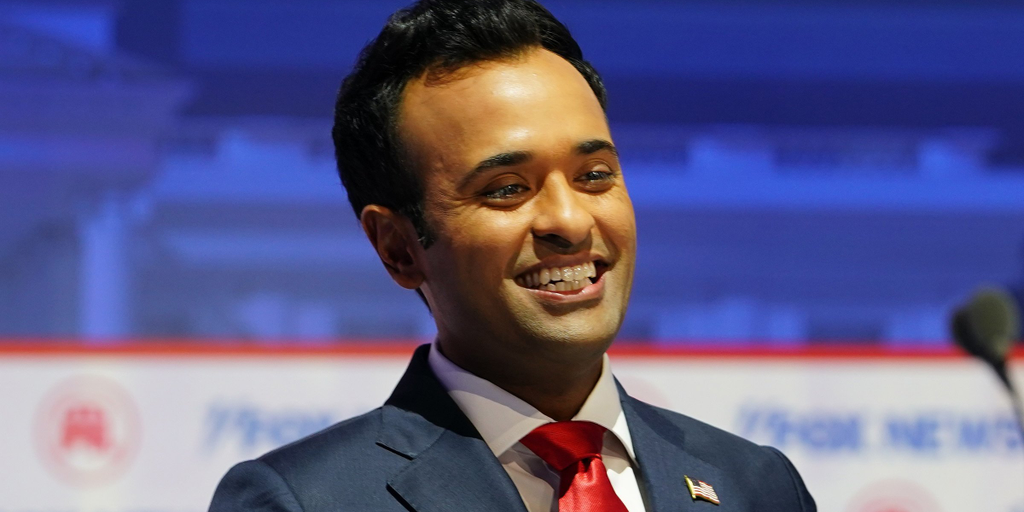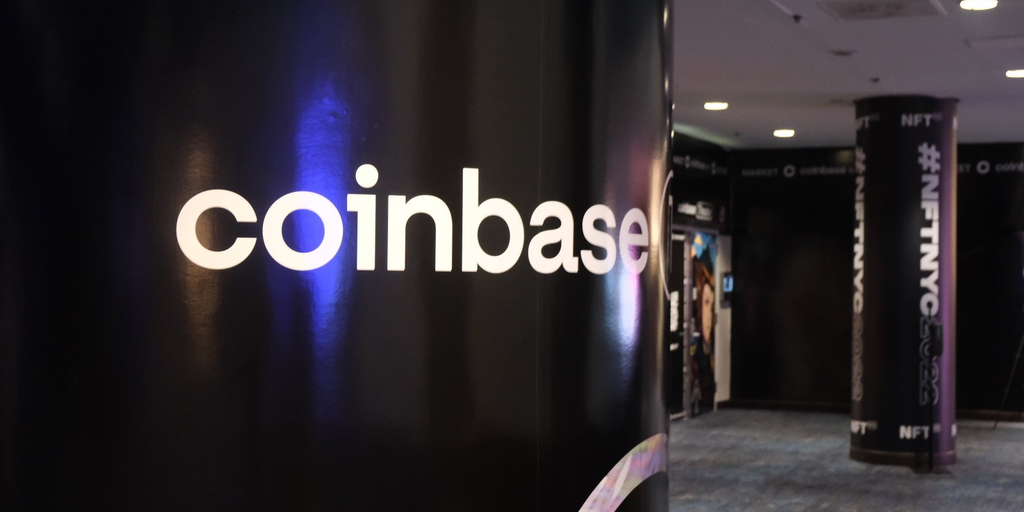The UK Treasury has launched a new “digital securities sandbox” (DSS) under the Financial Services and Markets Act, which goes into effect January 8, 2024 and provides a firewalled financial laboratory where emerging technologies like blockchain can be vetted for use in broader financial market infrastructure.
The DSS regulations, laid before Parliament today, will enable eligible financial market entities to participate as “sandbox entrants” that can carry out approved activities using developing technologies for a trial period of five years under modified regulatory requirements.
Example activities cited in the act include “operating a trading venue” and carrying on one or more functions related to digital securities, including maintenance, notary services, and settlement. Entities approved to participate can also conduct ancillary activities directly related to those functions.
The instruments that can be used in the sandbox include securities, options, futures, contracts for differences, and rights to or interests in such investments. These can be recorded or settled using the technologies under review.
Nearly 20 organizations submitted comments to the Treasury on the proposal, according to Ledger Insights, which also said that digital assets minted within the sandbox could be used outside of it as collateral, with holders not required to be sandbox participants.
Who can participate?
Eligible entities that can apply as sandbox entrants include UK investment exchanges, central securities depositories, multilateral trading facilities, and organized trading facilities. In each case, the appropriate regulator—the Financial Conduct Authority (FCA) or Bank of England (BoE)—can also allow other UK-established entities to participate on a case-by-case basis.
The regulations also permit certain connected parties, from third-party service providers to users, to participate.
Prospective sandbox entrants must apply to the appropriate regulator for approval to participate, providing information on the specific activities, technologies, regulatory barriers, and other relevant details. Entrants will receive a sandbox approval notice outlining the scope of permitted activities, conditions, reporting requirements, and other obligations if approved.
Regulators will still be able to subsequently modify, suspend, or cancel a sandbox approval notice in certain circumstances.
The FCA and BoE will oversee sandbox participants throughout the duration of the trial period. This supervision aims to facilitate effective testing while protecting consumers and financial stability.
Regulatory guardrails
Allowing innovative developing technologies certainly poses risks, so the regulations provide sandbox participants relief from certain regulatory requirements. However, they also give regulators the power to impose modified obligations as needed, as they might emerge during testing.
For example, the EU’s regulations on central securities depositories have been amended to enable the sandbox. And the regulators can issue sandbox-specific rules or waive certain existing rules.
The Treasury is also capping the overall scope of activities, and regulators have broad powers to supervise testing and intervene if threats emerge.
The Treasury is required to report to Parliament on the overall performance of the regulatory sandbox and whether the approach should be continued or modified by January 10, 2028.
While far from granting blanket permission, regulators plan to analyze data and feedback from the trial period to shape any potential durable policy changes regarding emerging technologies in UK financial market infrastructure.
Editor’s note: This story was drafted with Decrypt AI from sources referenced in the text, and fact-checked by Ryan Ozawa.
Stay on top of crypto news, get daily updates in your inbox.
Source link













